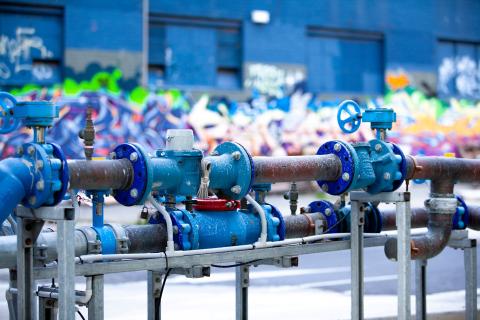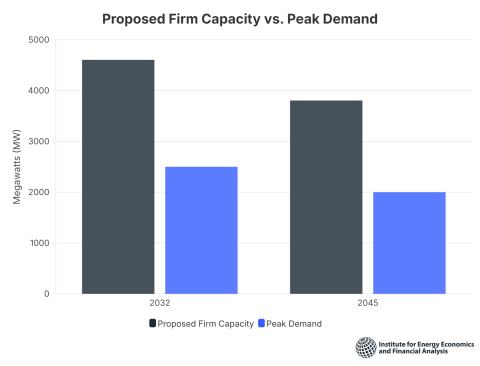Pandemic accelerates dismal financial performance of U.S. fracking companies
Download Full Report
View Press Release
Key Findings
A cross-section of North American fracking-focused oil and gas companies reported $3.3 billion in negative free cash flow in the second quarter of 2020.
The 34 companies in IEEFA’s sample slashed their quarterly capex by 45%, year on year, cutting investments to levels not seen since the oil price collapse of 2016.
This trend follows the decade-long practice of producing negative free cash flows every year, totaling $189 billion from 2010 to 2019.
Even before the recent market forces, disappointing cash flows have soured investors on the sector, constraining the oil and gas industry’s ability to tap debt and equity markets.
Executive Summary
U.S. shale producers slashed capex spending in the second quarter in response to a dramatic downturn spurred by the coronavirus pandemic. The cuts were insufficient. The shale oil and gas sector suffered through its worst financial performance in years during the second quarter of 2020, according to a new IEEFA analysis of 34 North American oil and gas producers. These fracking-focused firms spent $3.3 billion more on drilling and other capital projects during the quarter than they generated by selling oil and gas—results that followed a decade of negative free cash flows for the industry.
The second quarter saw the full effect of the pandemic: Gas prices fell to their lowest levels in decades, while U.S. oil prices briefly turned negative for the first time ever. Shale producers responded by slashing production, and the combination of low prices and falling output reduced quarterly revenues by a jaw-dropping 64% from the prior quarter.
Shale oil and gas producers responded by trimming capital spending by 45% yearon-year (See Table I). CNX, which operates in Appalachia, cut its capex 59%. EOG, which has significant operations in the Permian Basin, cut its capex 70% from the previous year.
Despite these cuts, sharp revenue declines pushed companies into the red. Of the 34 companies in IEEFA’s sample, 27 companies spilled red ink during the quarter. EOG’s free cash flow of negative $360 million topped the list, with Continental Resources not far behind, spending $334 million more in the quarter than it generated. Negative cash flows of three other producers (Noble Energy, Marathon Oil, and Hess Corporation) exceeded $300 million.
Free cash flow—the amount of cash generated by a company’s core business, minus its capital spending—is a crucial gauge of financial health. Positive free cash flows enable firms to pay down debt and reward stockholders. Negative free cash flows force companies to fund their operations by dipping into cash reserves, selling assets, or raising new money from capital markets.
Collectively, the companies in IEEFA’s sample racked up negative free cash flows every single year from 2010 to 2019. This dismal financial performance came despite rapid growth in production of both oil and gas. The “shale revolution” had propelled the U.S. into globe’s most prolific oil producer, but in financial terms, the production boom was an epic financial bust.
Negative cash flows have been widespread across the sector, with only six companies in IEEFA’s sample reporting cumulative positive free cash flows since 2017, even after oil prices rebounded from the rout of 2014 through 2016. Collectively, the producers generated $29 billion in negative free cash flows since 2017, and a total of $189 billion in negative free cash flows from 2010 through the end of last quarter.
















